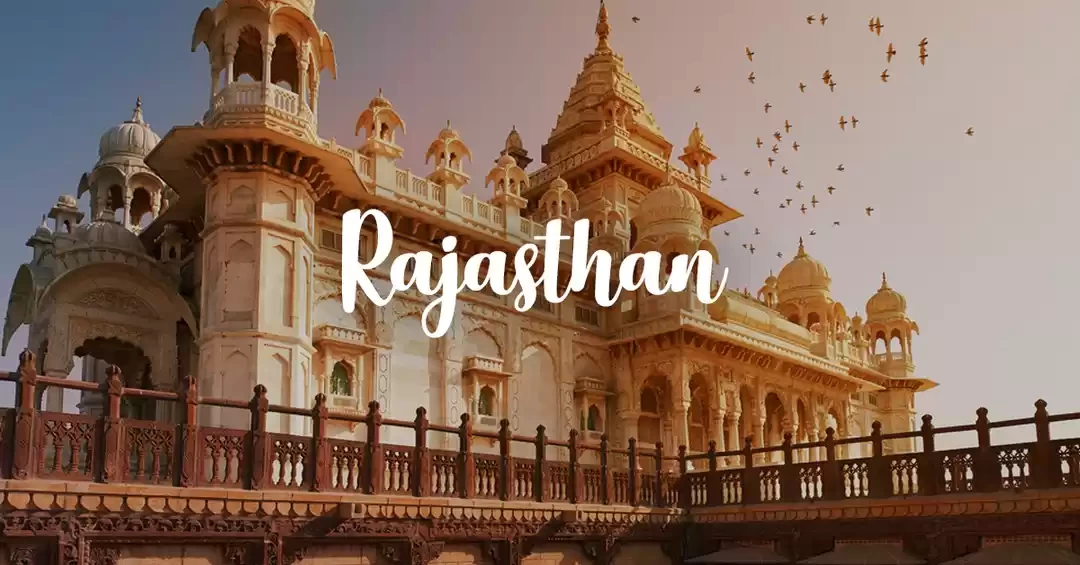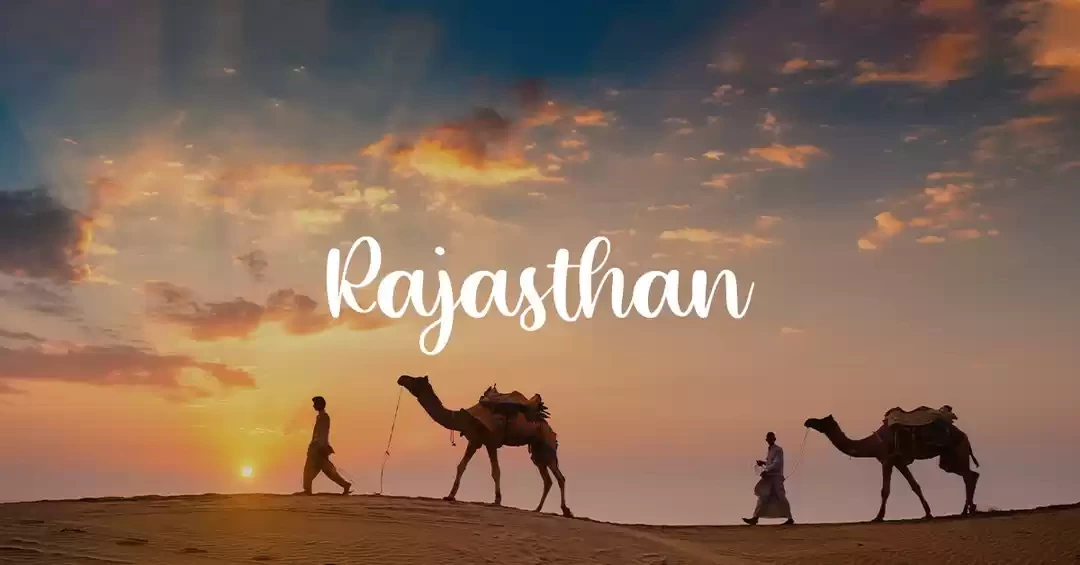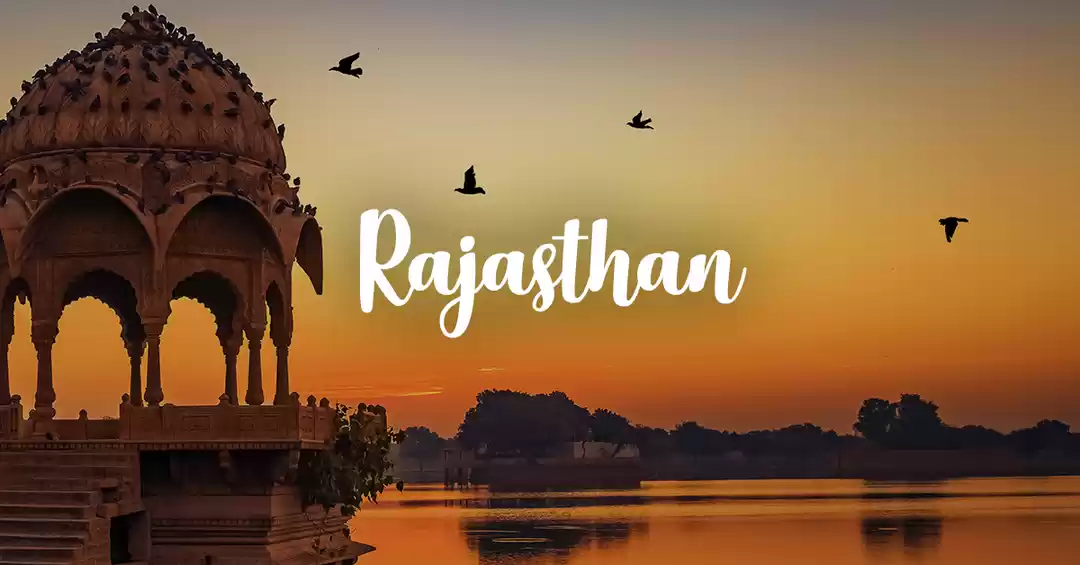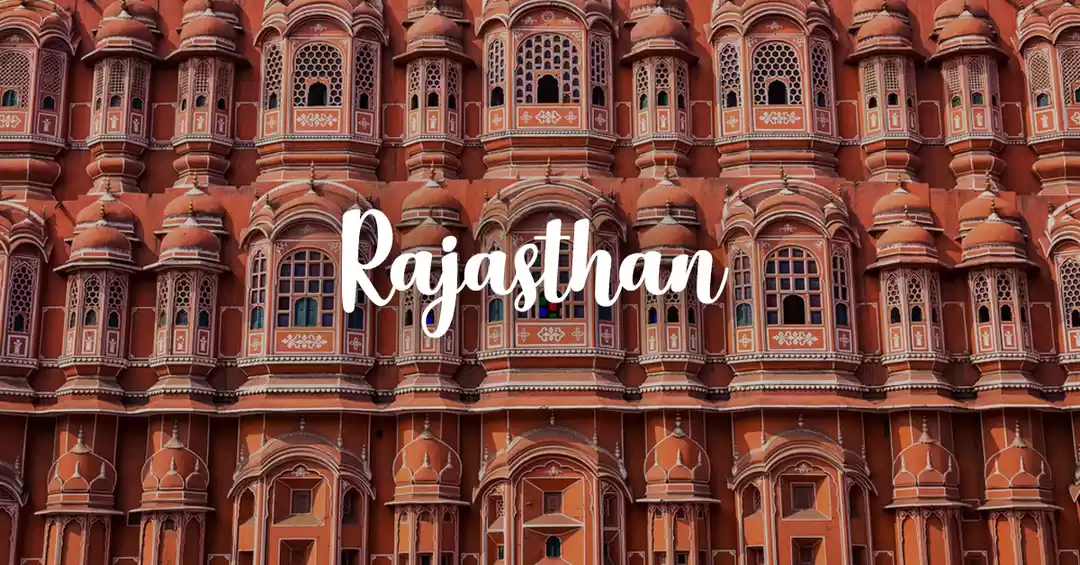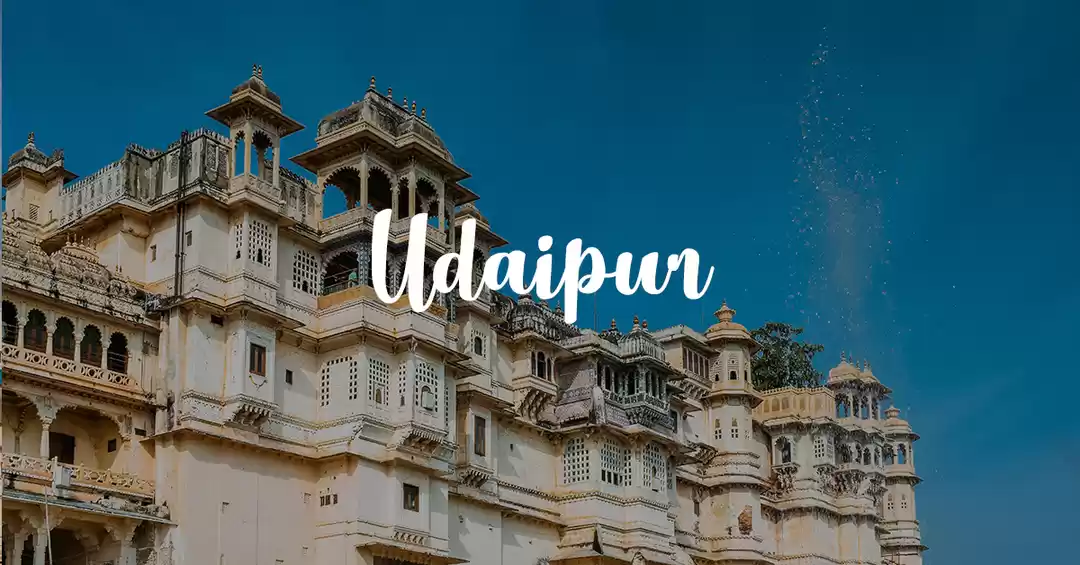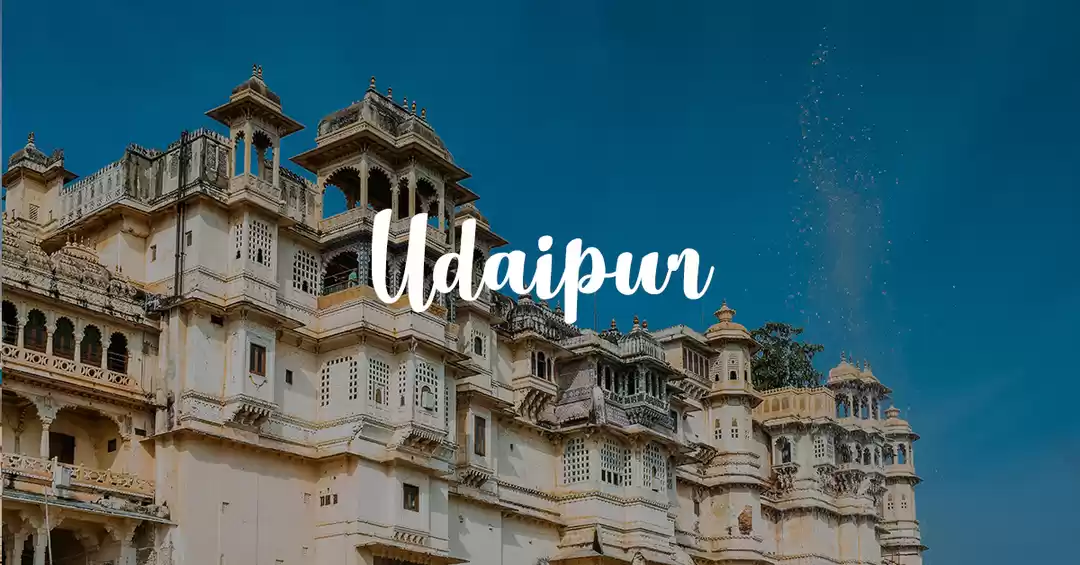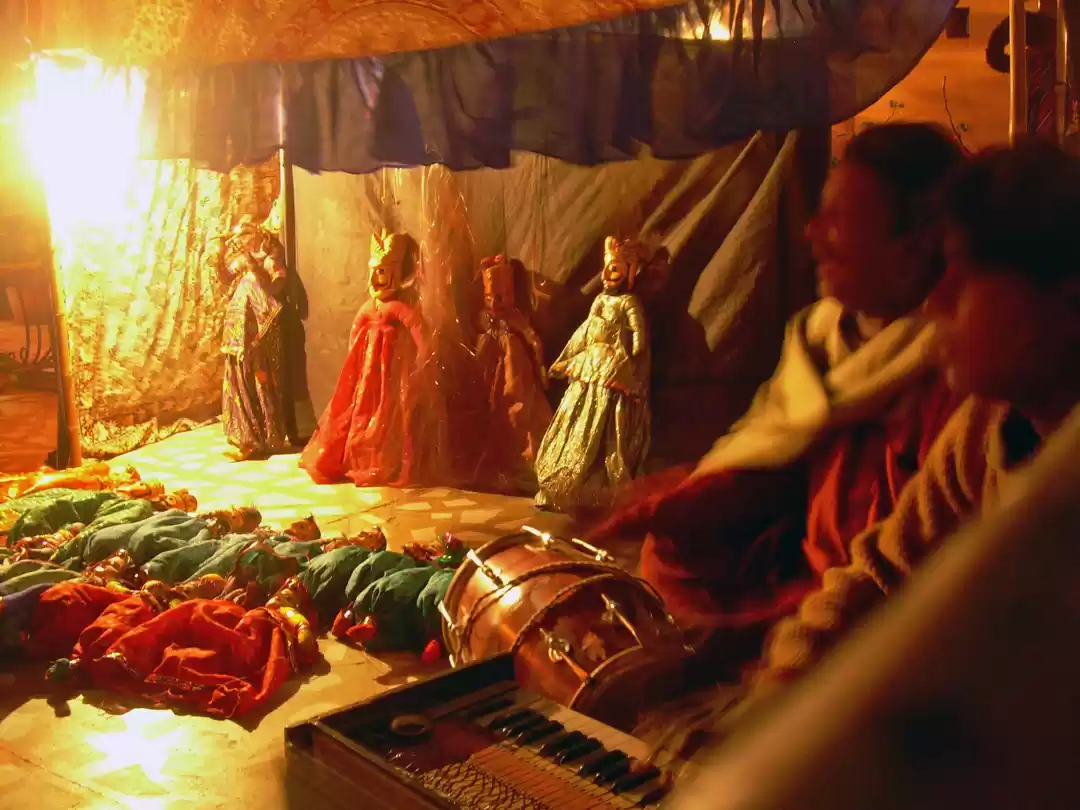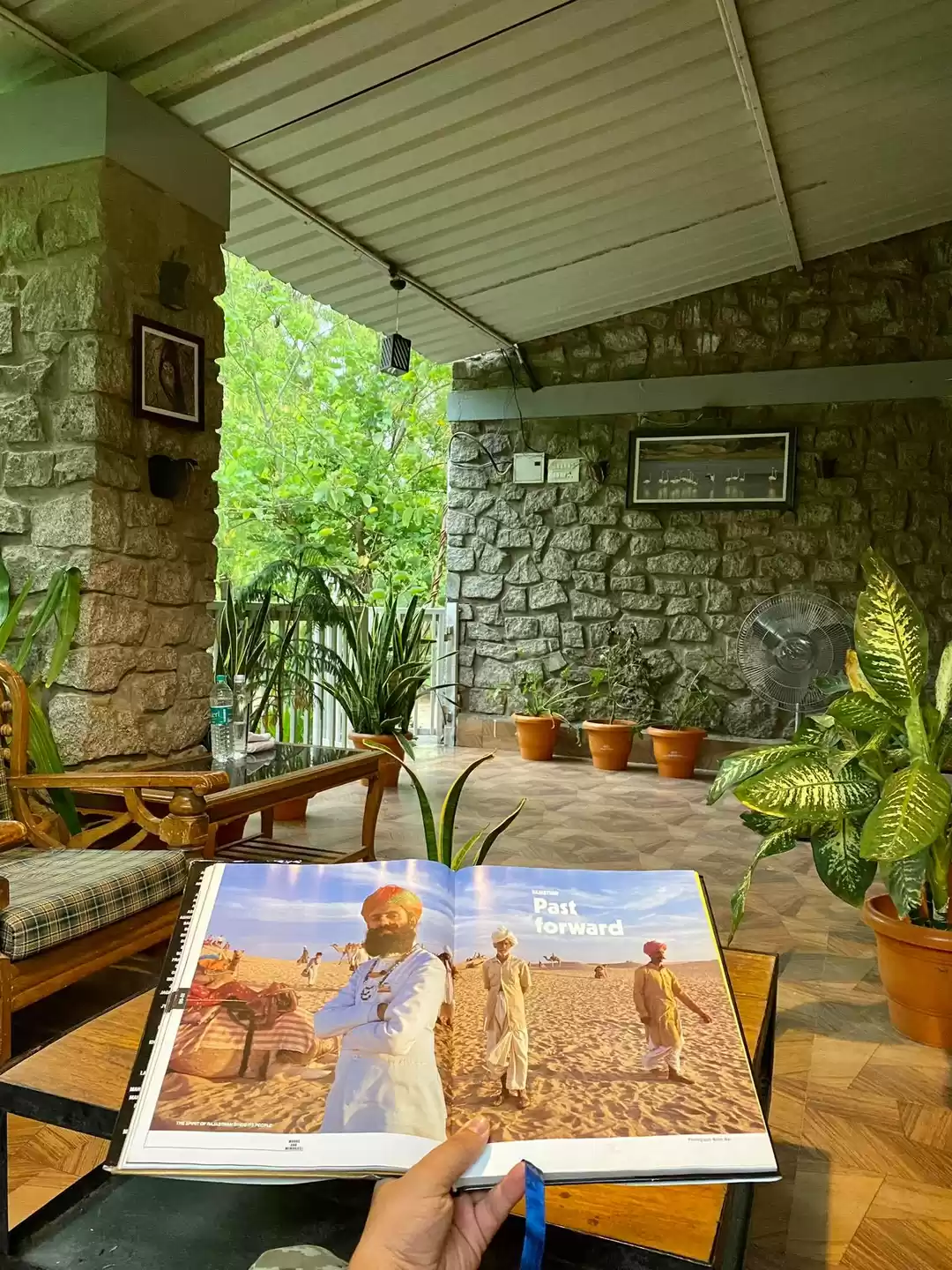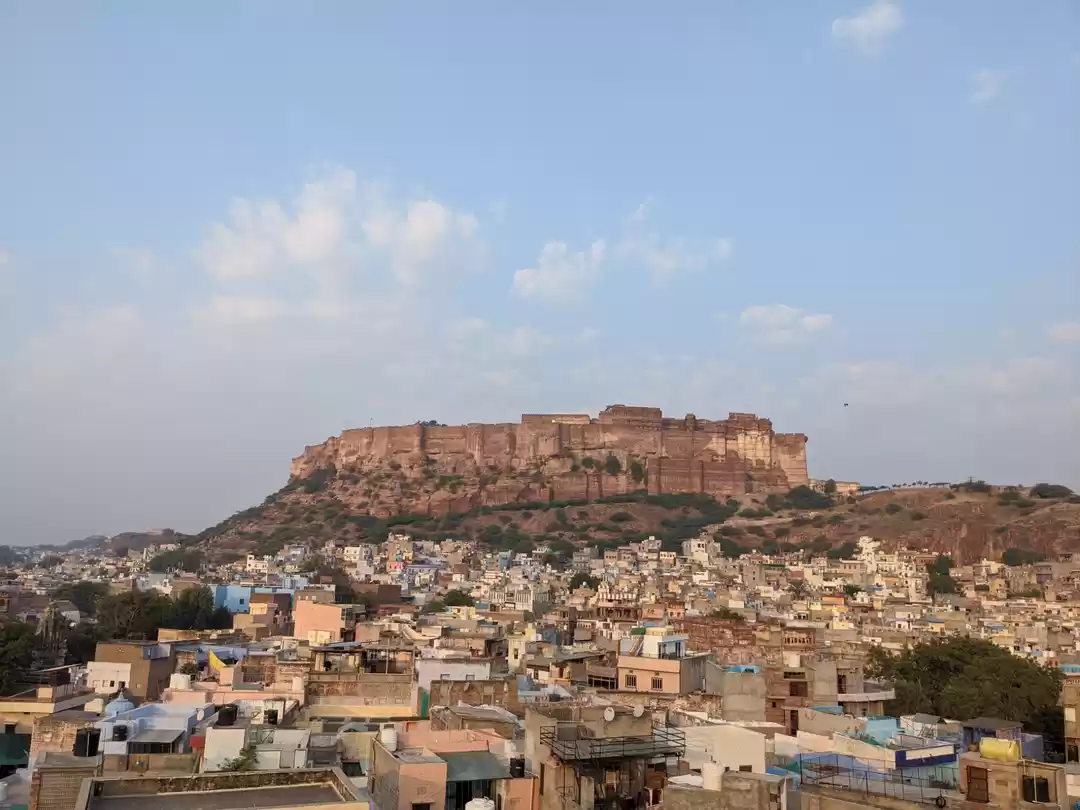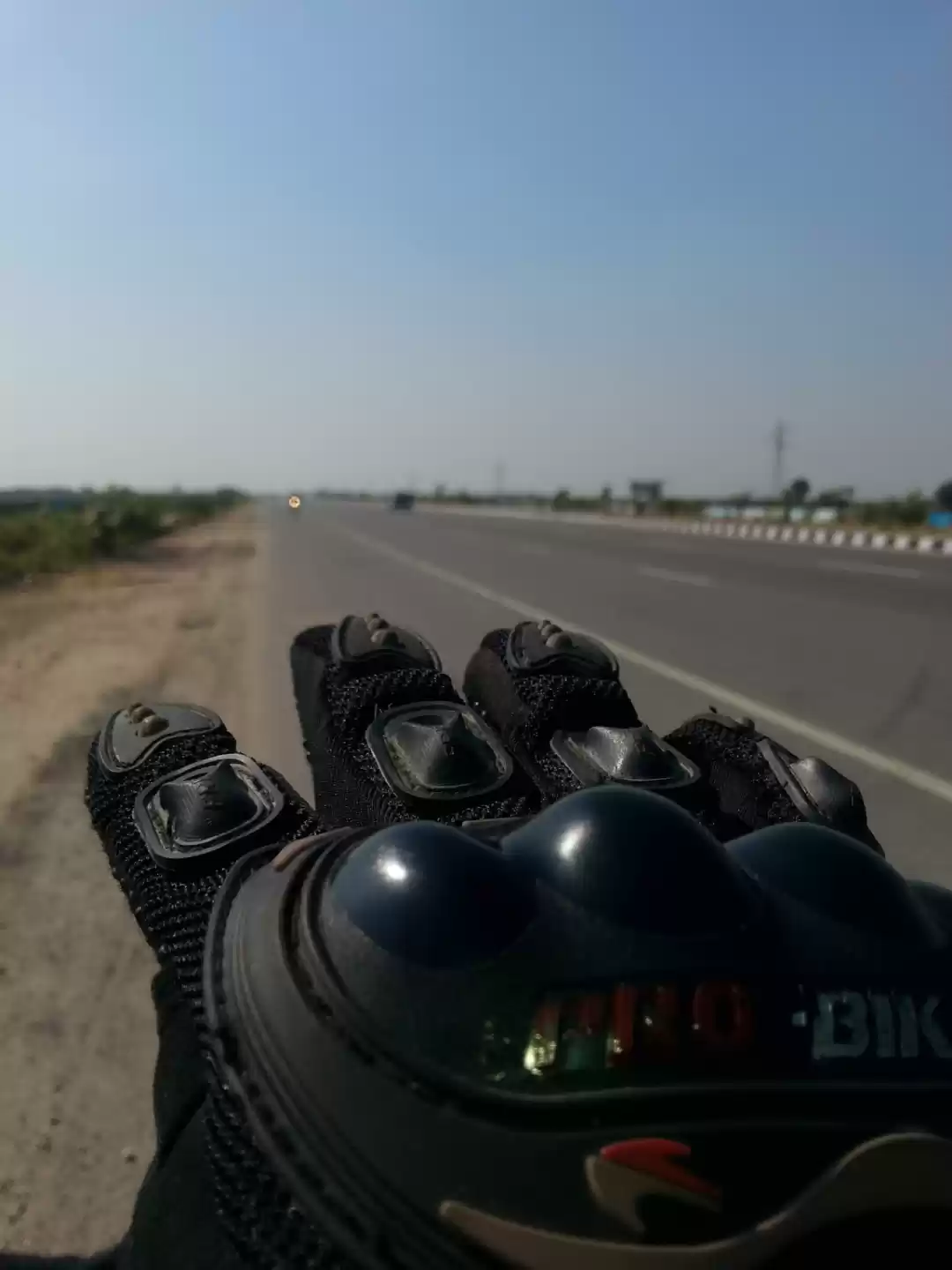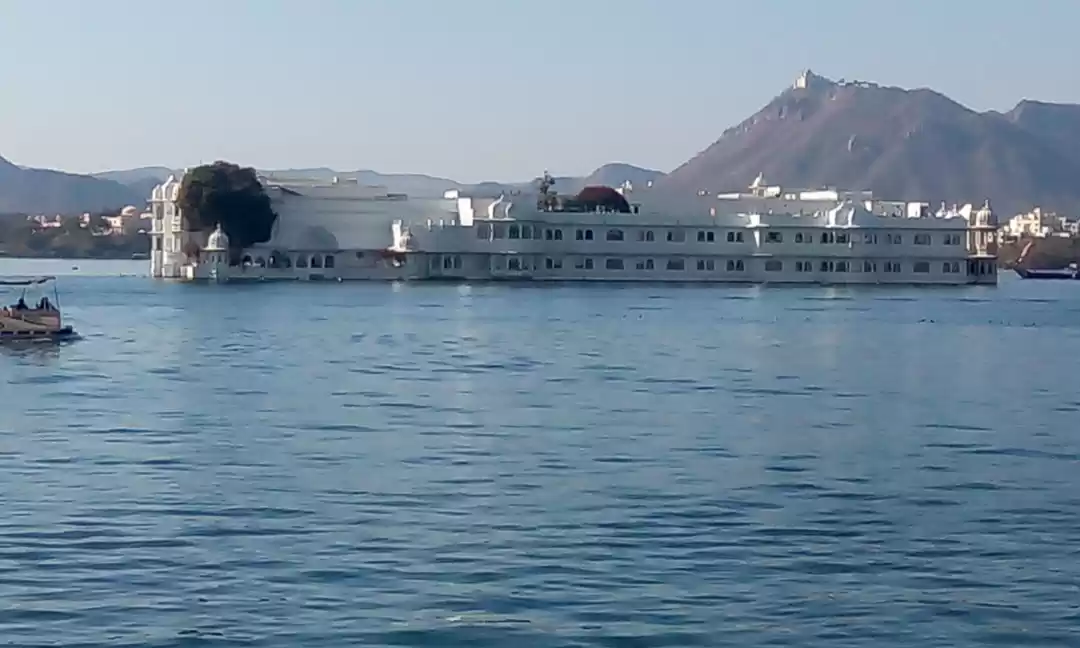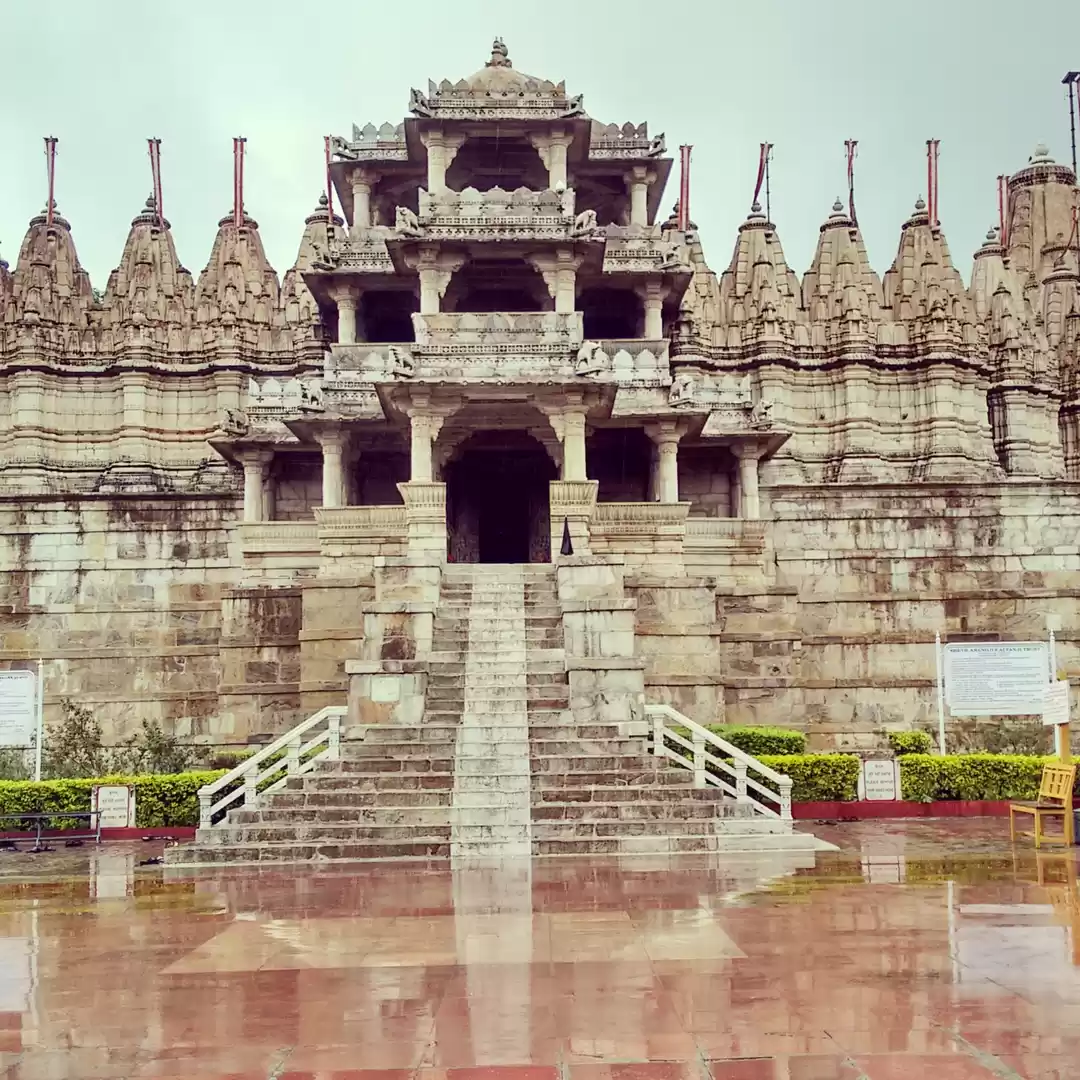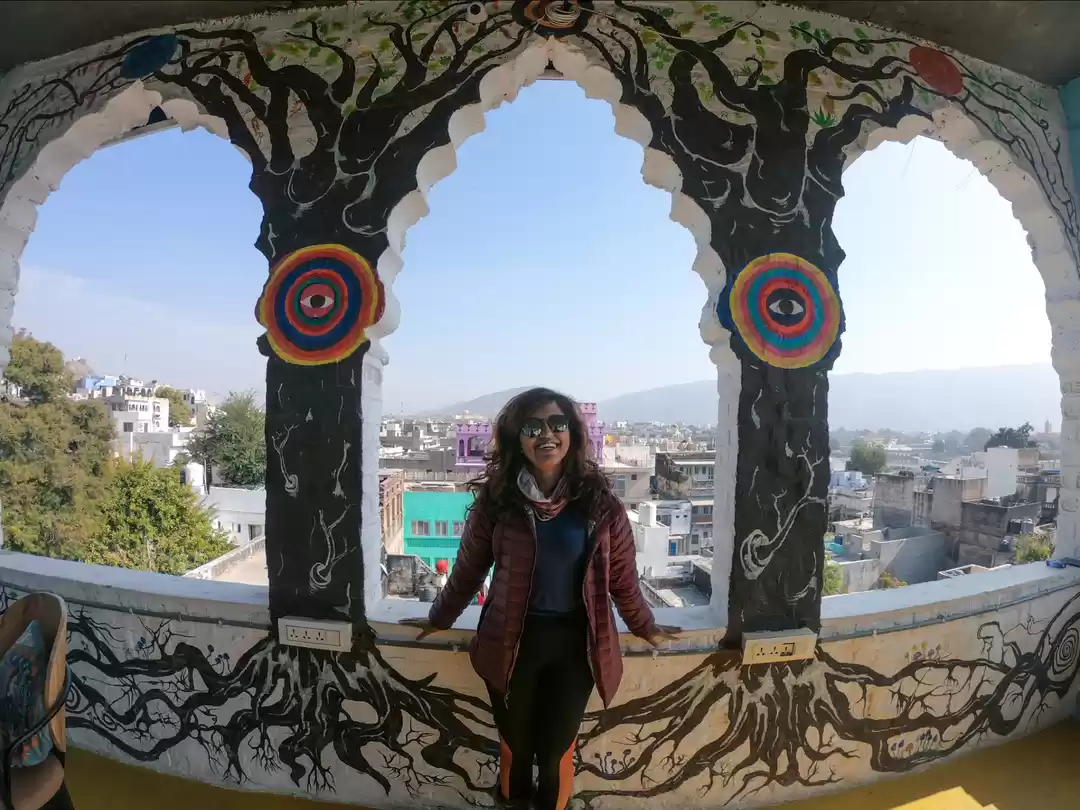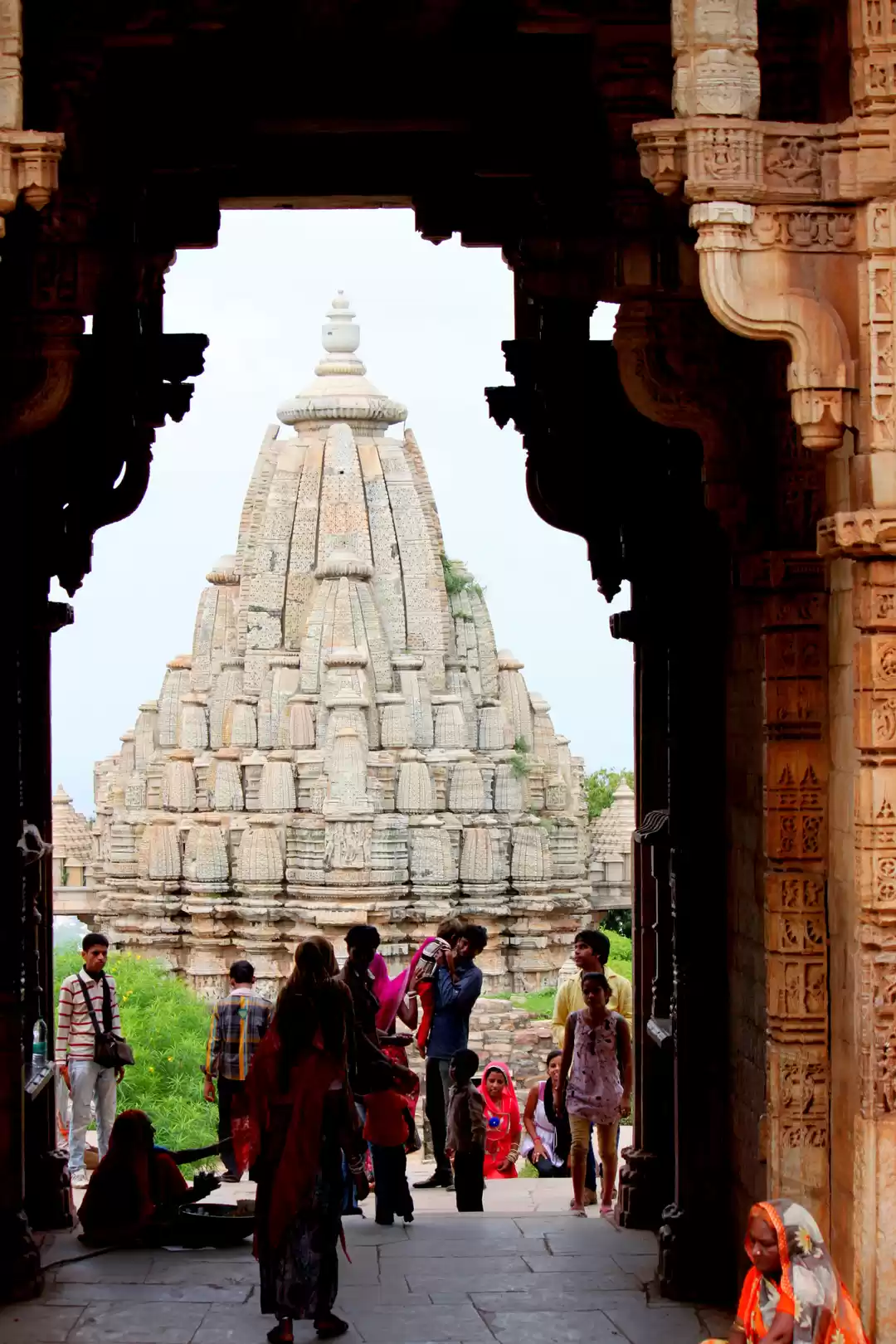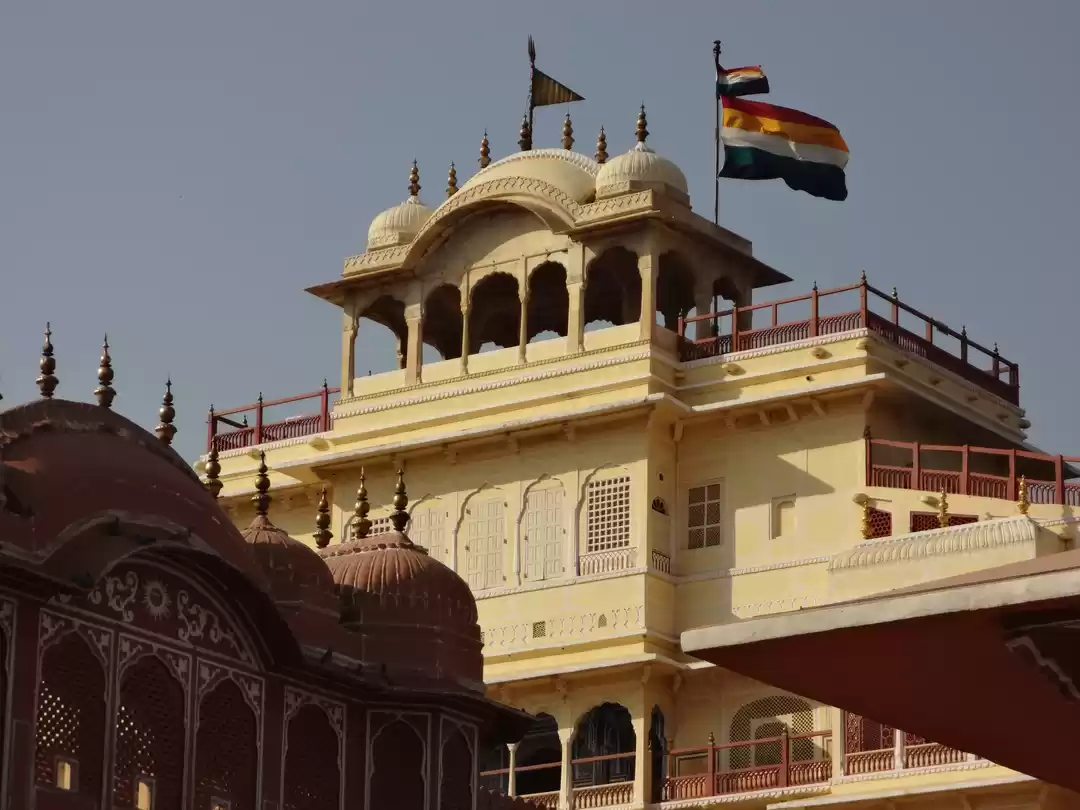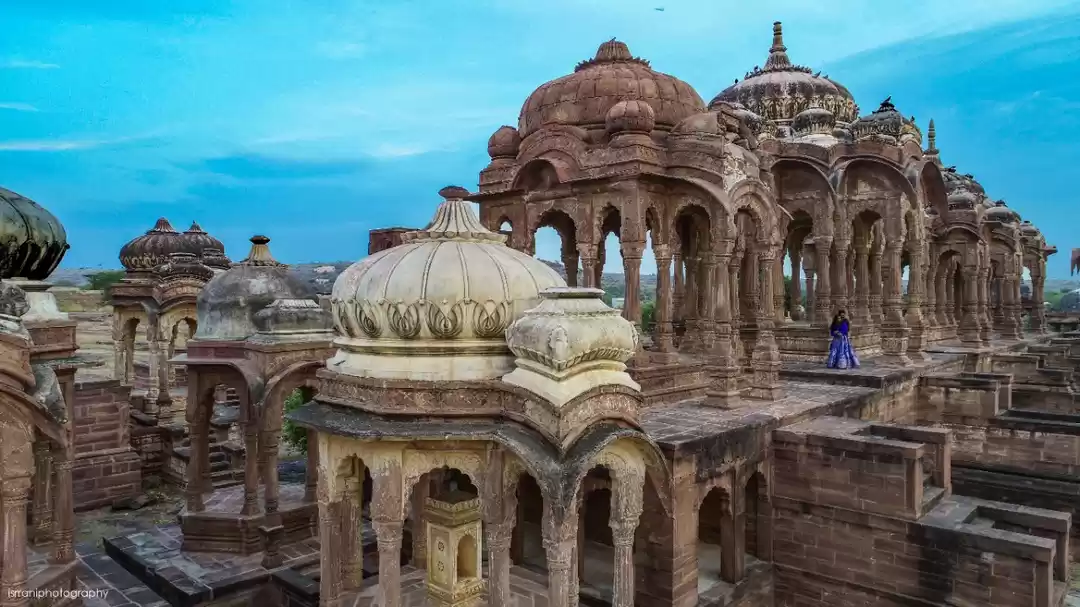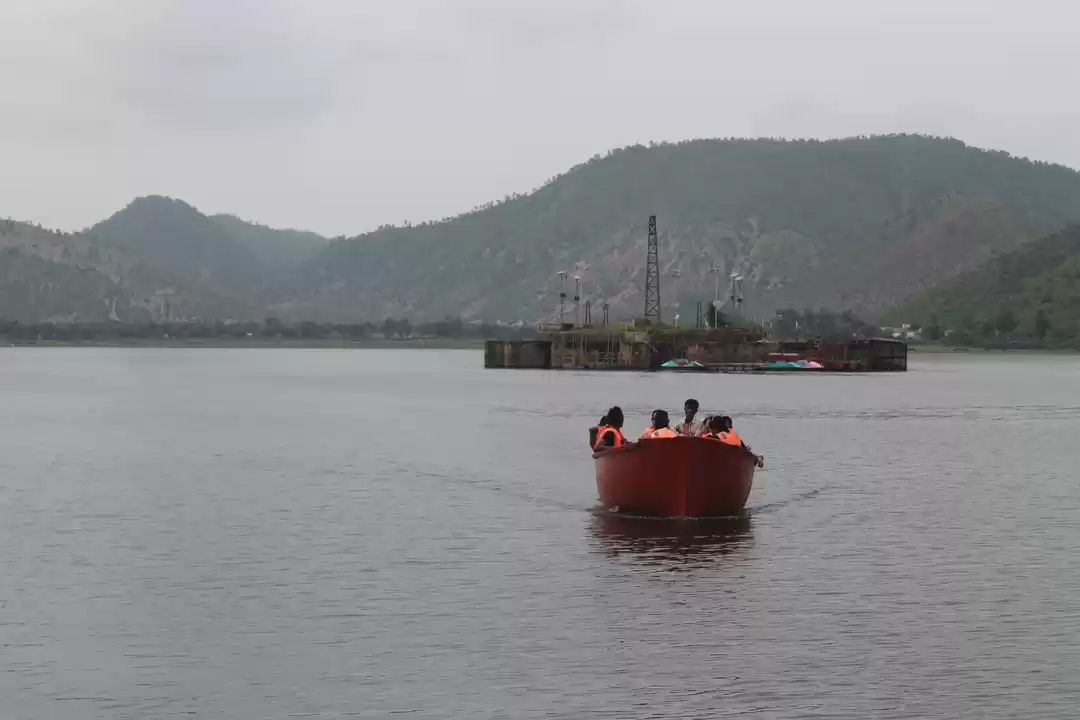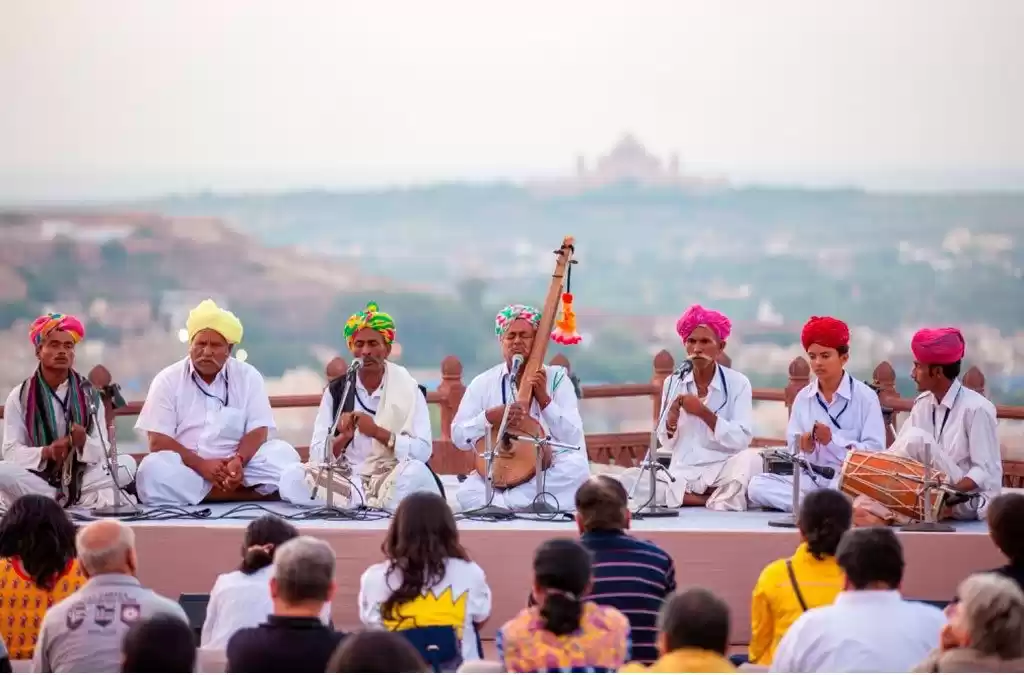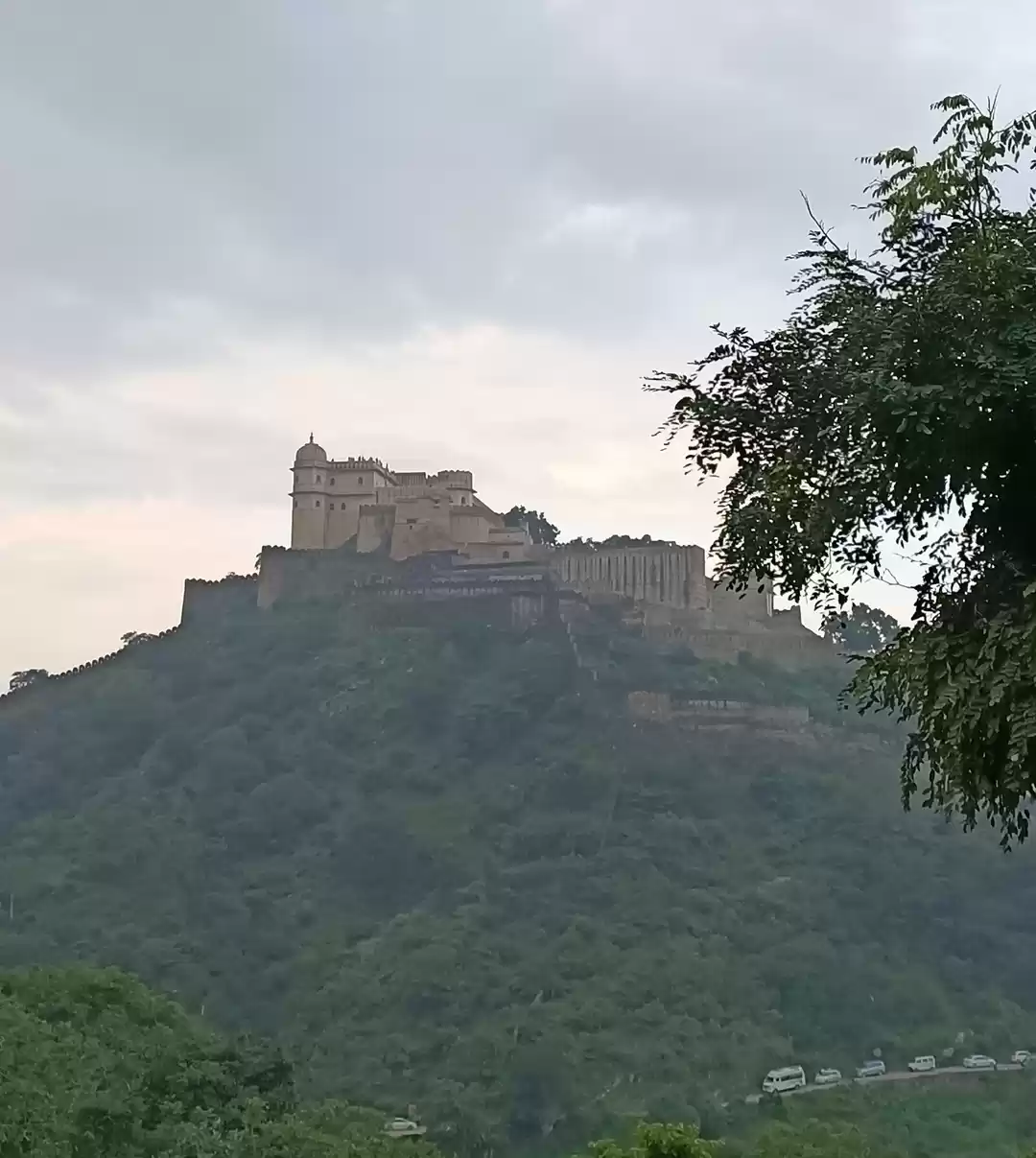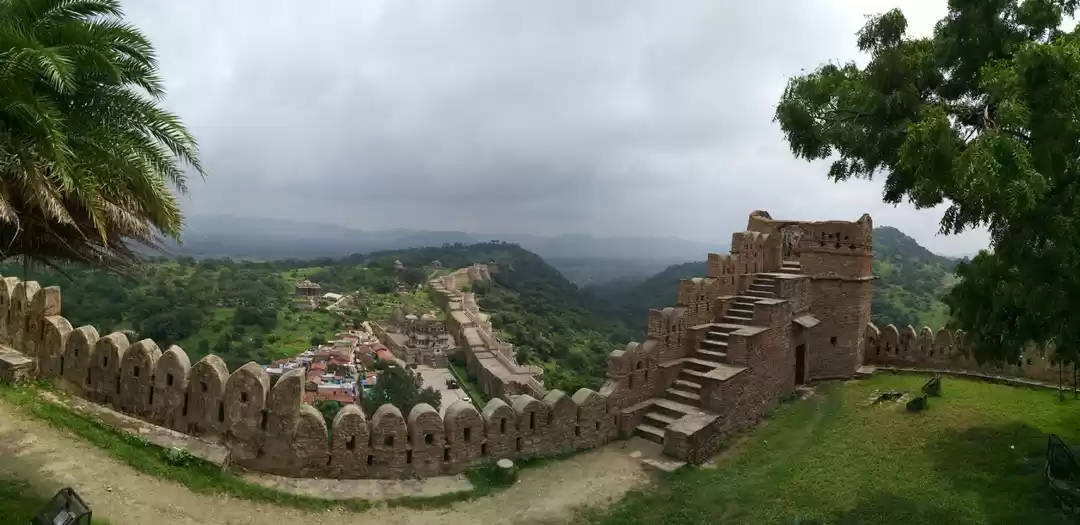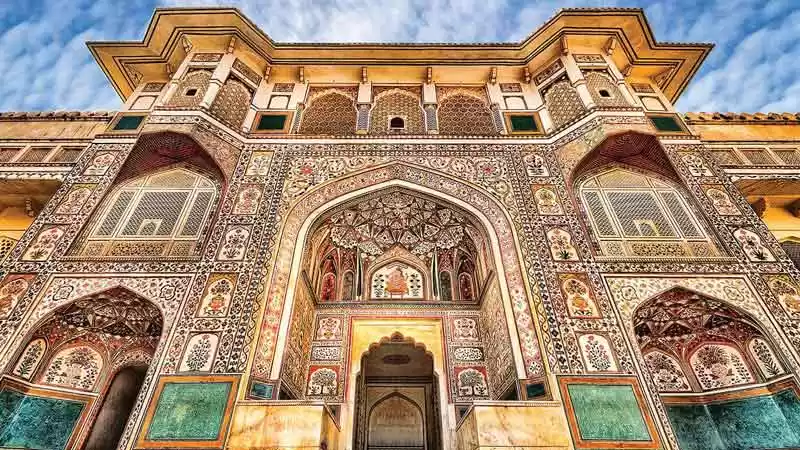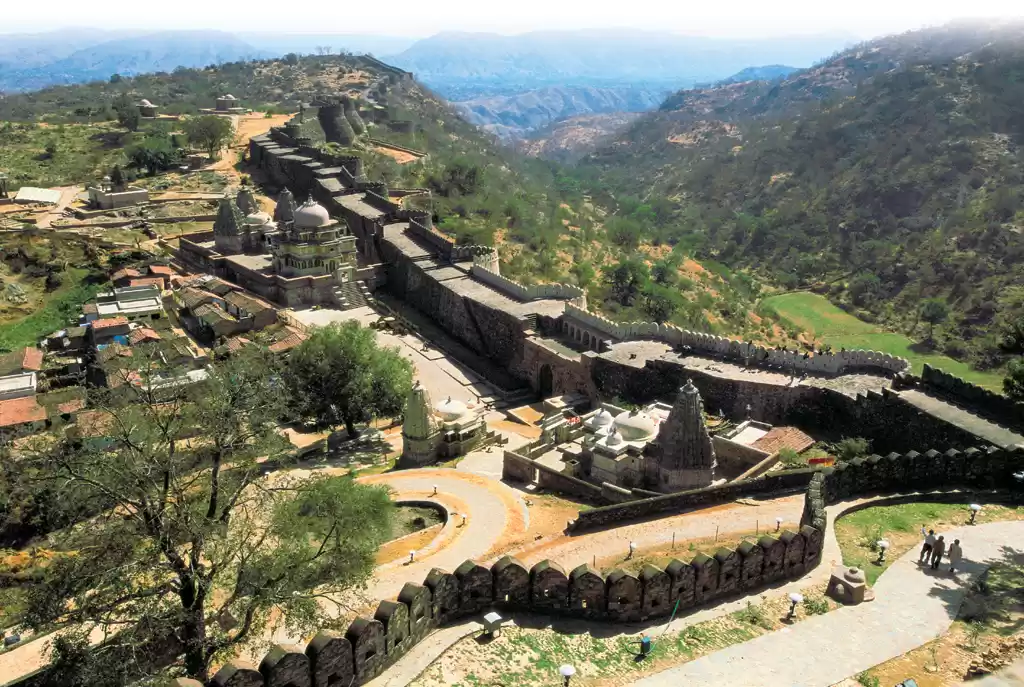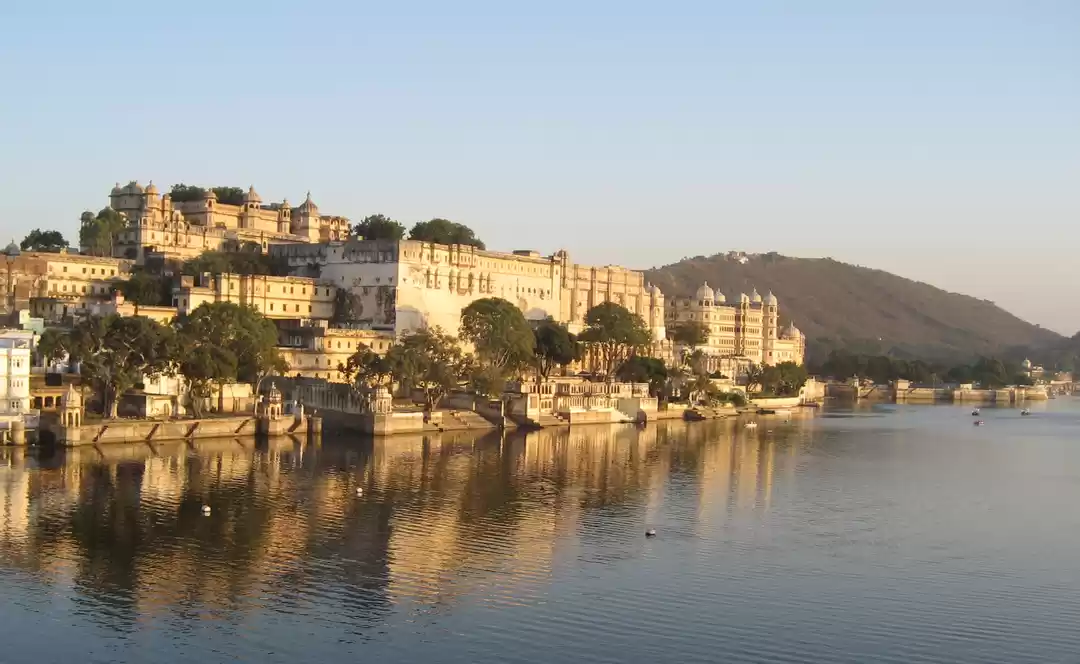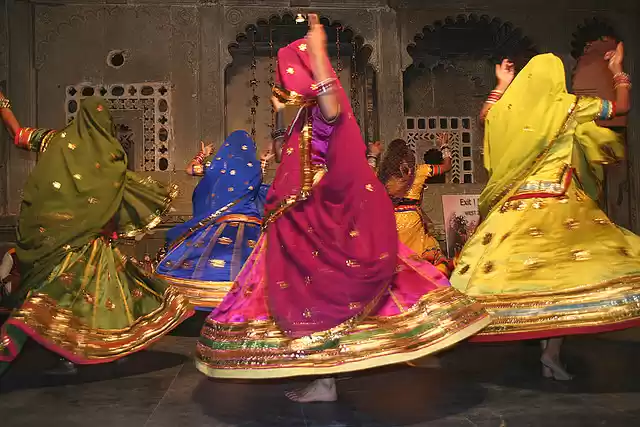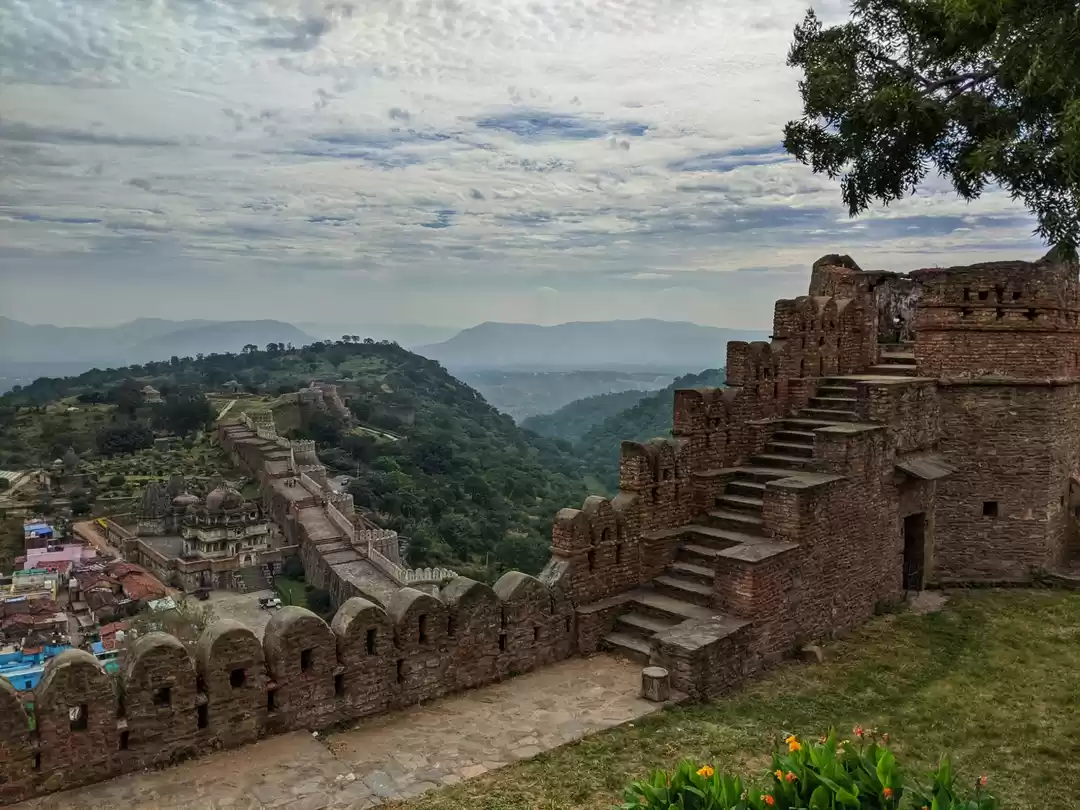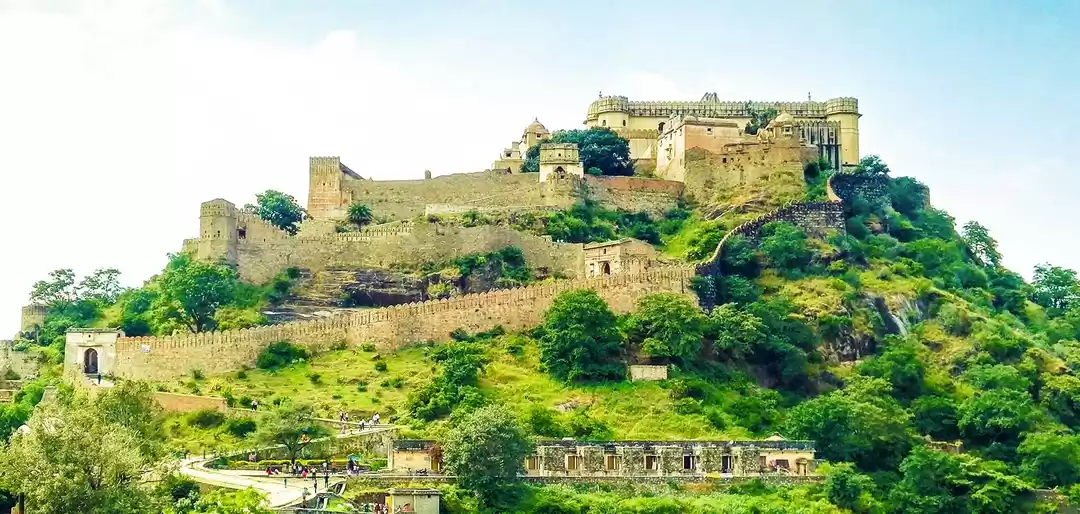Chittorgarh Fort
It is situated in the southern part of Rajasthan and is about 113 kms from Udaipur. The road from Udaipur to Chittorhgarh is in good condition and it takes about 3 to 3 and a half hours to reach there which can be done in a day trip. We went in late July which is rainy season and you get to see plenty of greenery here. The temperature is also pleasant and enjoyable.
The Chittorhgarh fort is one of the largest forts in India and is a UNESCO world heritage site along with five other forts. It was the capital of Mewar dynasty earlier but due to security reasons the capital was shifted to Udaipur later on because of its location on the Aravalli range.


The fort is located on a hill top and a winding road through narrow bylanes takes you to the top. The fort houses many palaces, temples and water bodies. There are 7 gates called pols (gates are called pols in the regional language) which guard the entry to the fort. All the gates are made up of massive stone structures and provide guarded entry into the fort. Most of the structures present now are in ruins but you can imagine the times when the fort stood in its full glory. Ganesh temple, Mirabai temple, Jain temple, Vijaya stambh, Kirtistambh, Padmini palace, Gaumukh reservoir are few of the structures inside the fort where you get a feel of walking through history. The fort is a reminder of the grandeur of the royal families. Guides are available outside the fort which will take you through the fort or you can explore the areas on your own.






Kumbhalgarh Fort
It Is located in the Aravalli mountain range in Rajsamand district of Rajasthan state. It is about 100 kms from Udaipur and has a good road connectivity. In 2013 it was declared a UNESCO world heritage site along with five other forts of Rajasthan.
As compared to other areas of Rajasthan, this region is more greener, has variety of trees and other vegetation and is a house to many small/large water bodies. The roads to Kumbhalgarh are very narrow and curvy as they pass through many small villages and as you come nearer to Kumbhalgarh, you will be surprised to see many beautiful trees adorning both sides of the narrow village roads. We went in April season which is the early summer but due to more greenery in this area the days are hotter but evenings are pleasant. The last 15 kms were covered by plenty of mango trees and as it was the mango season, most of the trees were full of the fruit so it was a very pleasant drive.
The fort was built in 15th century by Rana Kumbha – descendant of Sisodia rajputs and is also birthplace of Maharana Pratap a great king of Mewar dynasty. The fort complex has many Hindu and Jain temples and has a 36 kms long wall which is 2nd longest in the the world. It is open to the public from 9 am to 6 pm and there is a light and sound show in the evening in the temple premises which tells us about the history of this fort.




Both these forts have been witness to some of the significant events in the history of Mewar dynasty and a visit to Rajasthan cannot be complete without visiting these forts.



